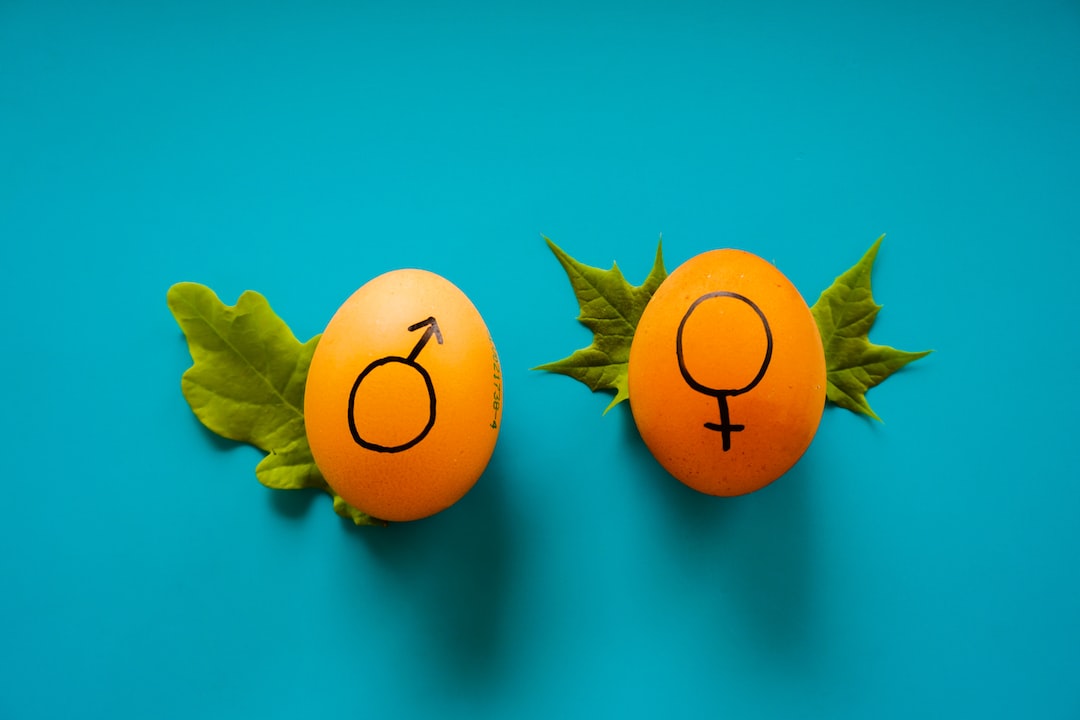Are you planning a wedding and want to make sure it’s free from sexist traditions? We’ve all heard of traditional weddings that include gendered language, bridal attire, ceremony rituals and reception practices. But what are some of the less well-known examples of sexism in wedding ceremonies? Here at [Name], we’re going to take a closer look at these often overlooked sexist wedding traditions so that you can plan an event that celebrates your love without sacrificing equality. From subtle changes in language choice to big alterations in typical expectations for the bride or groom – let’s explore how making small adjustments can have huge impacts on creating an inclusive environment for everyone involved.
Sexism in Wedding Traditions
Gendered Language
When planning a wedding, couples should be aware of the language they use to refer to each other and their families. Gendered language is often used in weddings, such as referring to the bride and groom, husband and wife, or father of the bride/groom. This type of language can be seen as sexist and outdated.
Bride and Groom:
Traditionally at weddings, the couple is referred to as “the bride and groom”. While this may seem like an innocent phrase on its own, it implies that one person (the bride) is subordinate to another (the groom). Couples who want a more equal relationship can opt for gender-neutral terms such as “partners” or “couple” instead.
Husband and Wife:
Similarly, when referring to married couples many people still use gendered terms like “husband” or “wife” which imply that one partner has authority over the other. To avoid this implication couples can refer to themselves simply by their names or even just say “my spouse”.
Father of the Bride/Groom:
The phrase “father of the bride/groom” also implies that fathers have control over their children’s marriages which isn’t always true in modern society. A better alternative would be something like “parent(s) of [name]”, which acknowledges both parents equally regardless of gender identity or family structure.
Using inclusive language during your wedding ceremony helps create an atmosphere where everyone feels respected and included regardless of gender identity or sexual orientation. It also sets a good example for others who are attending your wedding, showing them that there are ways we can all work together towards creating a more equitable world.
Bridal Attire
White Dresses:
White dresses are often seen as a symbol of purity and innocence, but this outdated notion is no longer relevant. Couples can choose to wear any color or style dress that reflects their individual personalities and tastes. There are many options available for brides who want to make a statement with their wedding attire, from bold colors like red or pink to more subtle shades like ivory or champagne.
Veils and Headpieces:
Veils have long been associated with the traditional white wedding gown, but they’re not necessary if you don’t want them. A variety of headpieces such as tiaras, flower crowns, fascinators, and hair combs can be used instead for a modern look. If you do decide to go with a veil, consider choosing one in an unexpected color or fabric for something unique.
Traditionally there were certain accessories that were only worn by either the bride or groom; however these days couples can opt out of gender-specific items altogether. Instead of wearing boutonnieres and corsages made specifically for men and women respectively, couples can choose matching floral arrangements such as lapel pins or wrist corsages that both partners will wear on the day of the ceremony. This allows each partner to express themselves while still looking unified as a couple.
Wedding Ceremony Traditions
Walking Down the Aisle with Father/Mother/Guardian. This traditional wedding ceremony tradition is often seen as sexist, as it implies that a woman needs to be given away by her father or another male guardian in order for her to marry. While this may have been the case historically, many couples today are choosing to walk down the aisle together or with both of their parents. This allows them to make a statement about gender equality and show that they are equal partners in their marriage.
Giving Away of the Bride by Father/Mother/Guardian. Another traditional wedding ceremony tradition that is often seen as outdated is giving away of the bride by her father or another male guardian during the ceremony. While this was once a way for fathers to give their daughters away symbolically, it can now be viewed as an antiquated gesture that reinforces patriarchal values and limits women’s autonomy over their own lives and decisions. Couples who want to avoid this tradition can opt for alternative options such as having both sets of parents “give away” each partner simultaneously, having one parent from each side escort them down the aisle separately, or simply walking down together without any parental accompaniment at all.
Reception Traditions
Cutting of the Cake by Bride and Groom Only:
This tradition is seen as outdated because it implies that the bride and groom are superior to their guests. Instead, couples can opt for a cake cutting ceremony where all guests join in on the celebration. For example, each guest can have a piece of cake with them and when it’s time to cut the cake, everyone will be able to enjoy it together.
Bouquet Toss for Single Women Guests Only:
This tradition has been around since Victorian times and is seen as sexist because it implies that only single women should be looking for love or marriage. Couples can choose to do away with this tradition altogether or they could replace it with something more inclusive such as having all female guests come up on stage during the reception and toss bouquets into a crowd of both men and women.
This traditional ritual is also viewed as outdated due to its gendered implications; however, some couples still choose to include this activity in their wedding receptions. To make this ritual more modernized, couples could involve both partners in removing the garter from one another instead of just having the groom remove it from his bride’s leg alone. This would be a more inclusive and equal way for them to celebrate their union.
Conclusion
In conclusion, it is important to be aware of the sexist wedding traditions that have been passed down for generations. We should all strive to create a more equitable and inclusive wedding experience for everyone involved. It is possible to celebrate your special day without relying on outdated and oppressive gender roles. By recognizing these traditions, we can work together towards creating a more equal society where everyone feels respected and celebrated regardless of their gender identity or expression.




